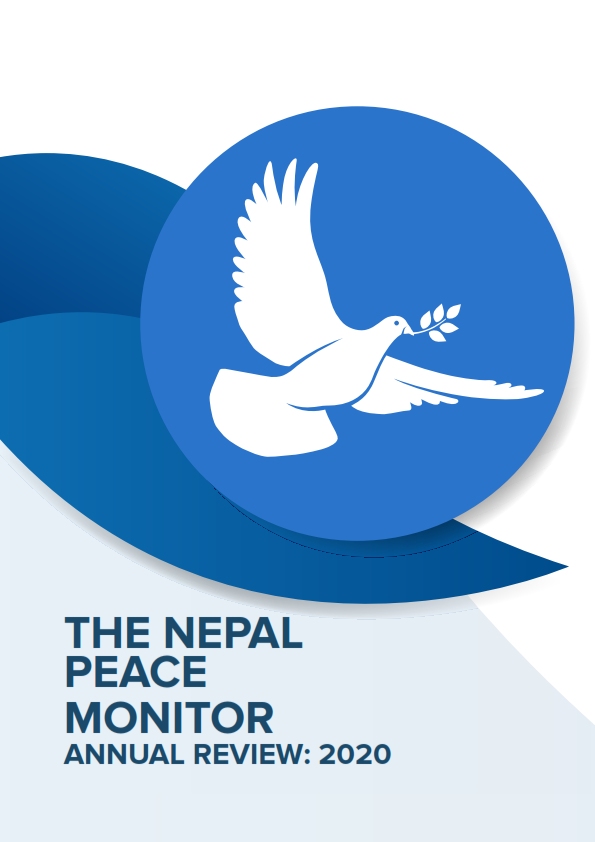Incident Reports
Same-sex couples see new ray of hope -by Weena Pun
2015-02-13
KATHMANDU, FEB 13 - In 2005, Laxmi Ghalan and her partner Meera Bajracharya went to the Kathmandu District Administration Office (DAO) to seek recognition as a couple. They knew the society did not recognise lesbian marriage, but hoped the government would be more understanding.
At first, it seemed as though the marriage registration officer at the DAO was willing to recognise their union. He asked who of the two was the husband. When Ghalan replied that they were a homosexual couple and would like to be registered as such, the officer told them about the legal provision: a marriage can only happen between a man and a woman.
“We then decided to wait patiently for the state to recognise relationships like ours before attempting to get married and seek official registration,” says Ghalan.
Ten years later, the wheels are finally in motion. On Monday, a committee formed to study the feasibility of same-sex marriage in Nepal submitted a report to the Prime Minister’s Office. In the report, the committee has asked the government to define marriage as a relationship between two individuals and, thereby, legalise same-sex nuptials.
The panel, which was supposed to prepare the report within a year by May 2010, took almost six years to do so. Its conclusion has lifted the slackening spirits of the sexual and gender minorities.
The last time the community had felt this euphoric was in 2007 when the Supreme Court ordered the government to amend all laws discriminatory to the LGBT I (lesbians, gays, bisexuals, transsexuals, intersexuals) community. The formation of the panel to study the possibility of homosexual marriage in the country was also a result of the verdict.
The string of positive developments culminated in the selection of Sunil Babu Panta as a Constituent Assembly member in 2008. This made Panta the first openly gay parliamentarian, not just in Nepal but in Asia.
“We have seen the difference in the way the society treats us when the government acknowledges us and at times when it does not,” said Ghalan, also the founder of Mitini Nepal, an organisation advocating lesbian rights.
Removing this gap and easing the lives of sexual minorities is the objective of the report, says Chaitanya Mishra, sociologist and one of the committee members involved in the study of same-sex marriage.
“In course of the study, we talked to around 500 people from the community. A lot of them tend to be suicidal because they are ostracised by their friends and families. We want to help reduce that conflict by asking the state to recognise their existence and honour their right to marry,” says Mishra.
The committee members believe that this is the right time to demand concrete changes for the marginalised. “Change is taking place in the country.
We are in the process of advancing democracy to the next level. The government needs to take advantage of this desire for change and tolerance for differences and uplift the lives of those who have been wronged for so long,” he added.
As hopeful as it is about receiving the much-awaited legal recognition, the LGBT I community is also apprehensive. Society has become more accepting in the last seven years since the Supreme Court’s verdict but there still are conservative forces in public and in the CA.
“In the first five years we lived together in Kathmandu, we lived in nine different apartments.
No house-owner would let us stay after they figured out that we were lesbians,” says Ghalan. “I am concerned how the Cabinet and Parliament will take the report. But we’ve got to be hopeful since we have come so far.”
If Nepal allows same-sex marriage, it will be the first to do so in South Asia and eighteenth in the world.
Posted on: 2015-02-13 08:59
National/Online Media
Related Reports
LGBT+ Rights / Siraha
Two victims of violence belonging to Sexual minority group receive financial help
September 10, 2022
LGBT+ Rights / Kathmandu
Taxi driver arrested in Kathmandu on the charge of defaming a woman
July 21, 2022
LGBT+ Rights / Kathmandu
Main census questionnaire does not recognise queer people
November 15, 2021
LGBT+ Rights / Kathmandu
Looking back at the year of the pandemic for the trans movement
Nepal
April 01, 2021
Governance / Kathmandu
16 transgender people arrested for vandalizing police office in Kathmandu
January 21, 2021
LGBT+ Rights / Kathmandu
Video of police brutally beating transgender persons becomes viral in social media
January 21, 2021
Related Trend Analysis
Analysis

THE NEPAL PEACE MONITOR ANNUAL REVIEW: 2020
October 25, 2021
Human Trafficking / LGBT+ Rights / GBV / Political / Children’s Rights / Senior Citizens’ Rights / HRD Issues / Human Rights / Interpersonal Violence / Governance / Covid-19 / Civic-Space / PwD

